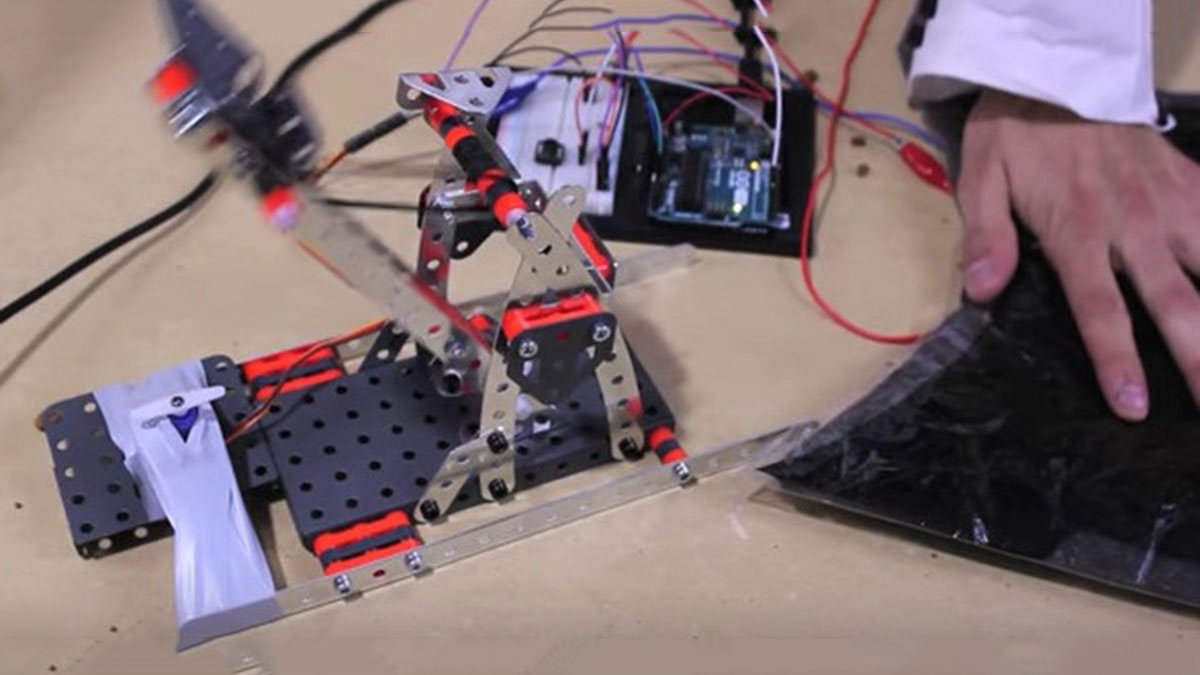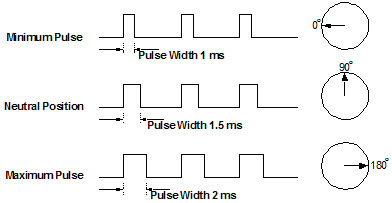Use an Arduino and a servo to shoot food to your cat! (Also works with other animals). Check out the video below to see how this Arduino Servo Catapult works. While maybe not the most practical application, this project will teach you the basics of servo motors and analog inputs, which can be implemented into more practical projects, like these:

Give Your Camera Motion Tracking With Arduino
Make a Line Follower Robot in 10 Minutes
Create an Android Controlled Robot with Arduino
Make a Simple RC Plane at Home
Make a DIY Drone
The Arduino Servo Catapult
Required Materials
Hardware:
- Arduino Uno w/ USB cable
- Computer with Arduino IDE
- Micro Servo
- Force Sensitive Resistor (FSR)
- Pushbutton
- 10k resistors (x2)
- Catapult
Software:
How Does it Work?
Before we get started with our arduino servo catapult, when using a motor, always use an external source to power your Arduino, do not draw power from a USB connection! Our Cat-a-pult uses an Arduino Uno with servo control and its analog input to read the FSR value which controls the servo.
When we say that a servo starts in “the spot of zero,” we are referring to the servo’s neutral position. If you look at the diagram below, if a 1.5ms pulse width is applied to the control line, the servo will sit at its neutral position, which in this case is 90º. When the pulse width increases or decreases, the servo moves towards 180º (Increase) or 0º (Decrease). If you choose to describe the neutral position as 0º, your servo’s angular range would be from -90º to +90º. Our servo should move 90º (I said 110º in the video, oops!)

We initialized our serial monitor so that we can read our FSR’s values and adjust our kitty-threshold accordingly. Once we’re satisfied with our threshold value, we can turn the servo to lock the CAT-apult by pressing our pushbutton. When the cat puts its weight on the FSR, the servo moves back to the neutral position and launches cat food into the feline’s face.
Read More: Arduino Servo Catapult: DIY Catapult using Arduino
